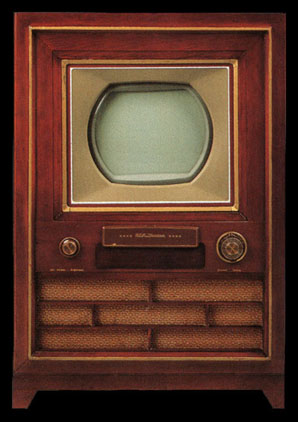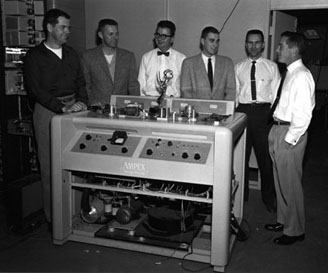| Early 1944... Eniac (electronic numerical integrator and calculator ) was placed in operation at the Moore School. By today's standards for electronic computers the ENIAC was a grotesque monster. Its thirty separate units, plus power supply and forced-air cooling, weighed over thirty tons. Its 19,000 vacuum tubes, 1,500 relays, and hundreds of thousands of resistors, capacitors, and inductors consumed almost 200 kilowatts of electrical power. |
|



